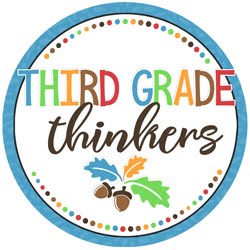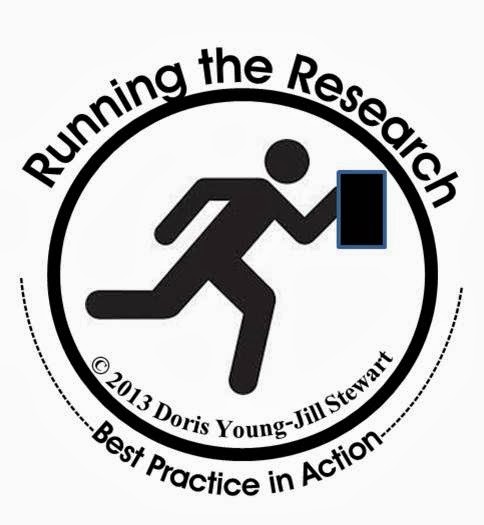I have been a Jan fan for close to a decade now.

She has since come up with a revised edition called the Next Step Forward in Guided Reading.
In this book, Jan gives an overview of guided reading in a balanced literacy program. Then she focuses on the different levels of reading, the characteristics of readers and provides a framework that will help students grow and progress through these stages.

She refers to this one as "An Assess-Decide-Guide Framework for Supporting Every Reader".
So when I heard that reading consultant and Jan's coauthor, Ellen Lewis, was leading a training session for our division on their intervention framework: The Rise Program, I was all in!
I signed up immediately.

You can purchase this book from Amazon:
The Rise Framework
It was the day of the training and honestly as I was driving to school, I began second guessing my decision to sacrifice a day...I was officially on summer vacation and it was a gorgeous day to be outside. Yet, once I met Ellen I knew I made the right decision. Ellen is an energetic, entertaining, no nonsense presenter and I loved learning from her.

This ended up being time well spent, as I got to spend the day learning how to implement the RISE framework which provides striving readers with intensive, short-term targeted instruction in reading, writing, word study and comprehension.
Ellen was able to share recent End of the Year data highlighting the success that students have made using this approach. She was excited to show us, and rightly so, their results were more than impressive. Teachers from schools across the country were sharing their data and large numbers of readers who were "stuck" and struggling to make progress were finally growing by leaps and bounds using the RISE framework.
The more I heard, the more excited I became. This is a result driven intervention holding the promise of finally closing gaps for striving readers. This program covers all the bases, so no more trying to piece together interventions that meets the needs of all readers. This seems to do it all....for all.
As with The Next Step Forward in Guided Reading, Jan and Ellen take teachers step by step through the implementation of their framework.

Now, RISE is an intensive 6-8 week program that requires a team of 4 teachers or paraprofessionals and a time commitment of one hour a day. This may seem hard to manage for some, so the question needs to be posed, "What are we willing to do? What are we willing to sacrifice in order to help more students achieve grade level reading proficiency?" For years at our school, we have been jumping from intervention to intervention trying to find something that will make a positive difference for our striving readers. So far nothing has yielded the results we were working so hard for. This program seems different and is so comprehensive and result oriented. I'm super excited that our school will be taking the plunge and making the investment in the time and resources needed to implement the RISE intervention next year.

So what will it look like?
The first step is selecting the 12-16 students in grades 1-5 reading texts at levels C-N who would benefit from such a program.
These students will be pulled from classrooms daily to work in 4 stations run by our reading teacher and a group of paraprofessionals. The work students will be doing in each of the stations is very similar to the activities that Jan Richardson recommends in her book, The Next Step in Guided Reading. Instruction is driven by ongoing assessments and observations and is targeted to the needs of the readers in the group.
The students will be reading a new book, working through word study activities, rereading yesterday's book and participating in guided writing. The program is explained in detail in her book. Progress is monitored and the intention is that students will make the intended progress and move out of this program and back into the regular classroom after 6-8 weeks.

Ellen shared that results are promising and that the majority of students who have exited the program have been able to maintain their progress. It is important to mention that classroom teachers are expected to utilize Jan Richardson's steps to guided reading in order to provide these students with all that they need to continue moving forward.
Here is an outline of the RISE intervention framework:

I would love to hear from you!
What reading interventions does your school use?
Have you found success in moving students and closing reading gaps?
Follow along as I post more about how we are using this intervention in the upcoming school year.
I would also love to connect with other teachers who are using RISE.
Email me at youngdor8@gmail.com
Jan Richardson is the author of the book, The Next Step in Guided Reading which was first published in 2009. This has been my go to resource for all things Guided Reading. In it, Jan outlines her straightforward approach to guided reading and supplies teachers with the information, tools and resources needed to implement it.

She has since come up with a revised edition called the Next Step Forward in Guided Reading.
In this book, Jan gives an overview of guided reading in a balanced literacy program. Then she focuses on the different levels of reading, the characteristics of readers and provides a framework that will help students grow and progress through these stages.

She refers to this one as "An Assess-Decide-Guide Framework for Supporting Every Reader".
So when I heard that reading consultant and Jan's coauthor, Ellen Lewis, was leading a training session for our division on their intervention framework: The Rise Program, I was all in!
I signed up immediately.

You can purchase this book from Amazon:
The Rise Framework
It was the day of the training and honestly as I was driving to school, I began second guessing my decision to sacrifice a day...I was officially on summer vacation and it was a gorgeous day to be outside. Yet, once I met Ellen I knew I made the right decision. Ellen is an energetic, entertaining, no nonsense presenter and I loved learning from her.

This ended up being time well spent, as I got to spend the day learning how to implement the RISE framework which provides striving readers with intensive, short-term targeted instruction in reading, writing, word study and comprehension.
Ellen was able to share recent End of the Year data highlighting the success that students have made using this approach. She was excited to show us, and rightly so, their results were more than impressive. Teachers from schools across the country were sharing their data and large numbers of readers who were "stuck" and struggling to make progress were finally growing by leaps and bounds using the RISE framework.
The more I heard, the more excited I became. This is a result driven intervention holding the promise of finally closing gaps for striving readers. This program covers all the bases, so no more trying to piece together interventions that meets the needs of all readers. This seems to do it all....for all.
As with The Next Step Forward in Guided Reading, Jan and Ellen take teachers step by step through the implementation of their framework.

Now, RISE is an intensive 6-8 week program that requires a team of 4 teachers or paraprofessionals and a time commitment of one hour a day. This may seem hard to manage for some, so the question needs to be posed, "What are we willing to do? What are we willing to sacrifice in order to help more students achieve grade level reading proficiency?" For years at our school, we have been jumping from intervention to intervention trying to find something that will make a positive difference for our striving readers. So far nothing has yielded the results we were working so hard for. This program seems different and is so comprehensive and result oriented. I'm super excited that our school will be taking the plunge and making the investment in the time and resources needed to implement the RISE intervention next year.

So what will it look like?
The first step is selecting the 12-16 students in grades 1-5 reading texts at levels C-N who would benefit from such a program.
These students will be pulled from classrooms daily to work in 4 stations run by our reading teacher and a group of paraprofessionals. The work students will be doing in each of the stations is very similar to the activities that Jan Richardson recommends in her book, The Next Step in Guided Reading. Instruction is driven by ongoing assessments and observations and is targeted to the needs of the readers in the group.
The students will be reading a new book, working through word study activities, rereading yesterday's book and participating in guided writing. The program is explained in detail in her book. Progress is monitored and the intention is that students will make the intended progress and move out of this program and back into the regular classroom after 6-8 weeks.

Ellen shared that results are promising and that the majority of students who have exited the program have been able to maintain their progress. It is important to mention that classroom teachers are expected to utilize Jan Richardson's steps to guided reading in order to provide these students with all that they need to continue moving forward.
Here is an outline of the RISE intervention framework:

I would love to hear from you!
What reading interventions does your school use?
Have you found success in moving students and closing reading gaps?
Follow along as I post more about how we are using this intervention in the upcoming school year.
I would also love to connect with other teachers who are using RISE.
Email me at youngdor8@gmail.com






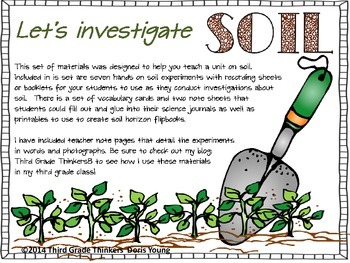

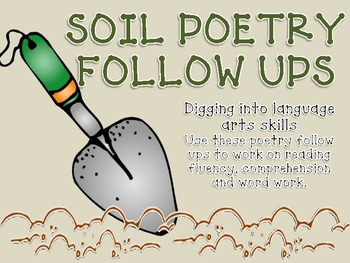
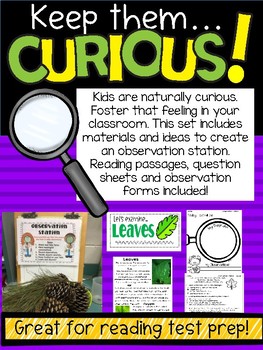

 youngdor8@gmail.com
youngdor8@gmail.com
